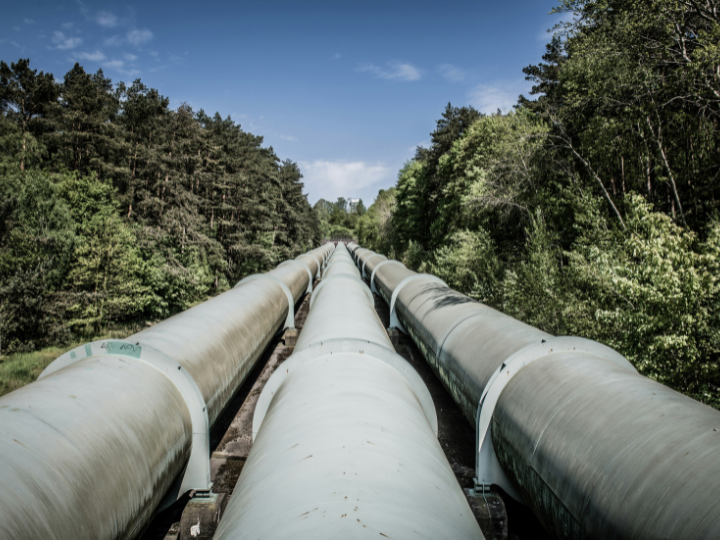N. Peter Kramer’s Weekly Column
Green hydrogen held a double promise: it would be an easy solution to the climate problem that did not require major adoption and promised to make activities CO2-neutral for which electrification is not an option. But the green hydrogen bubble is deflating...
The very ambitious goals set by the European Commission have turned out to be just a pipe dream. For transport and heating, direct electrification is almost always preferable to green hydrogen. For some industrial processes, such as the production of fertiliser, steel, etcetera, green hydrogen can play a role in reducing CO2 emissions but demand remains low. The ultimate goal is to make hydrogen with electrolysers, devices that extract hydrogen from water with renewable energy. Only that oxygen deserves label green.
In the meantime, the U.S. government of outgoing President Joe Biden has relaxed the rules for green hydrogen. US tax benefits apply not only to green but also to blue hydrogen (made from natural gas but with CO2 capture) and purple hydrogen (made with electricity from nuclear energy). In Europe, too, industry has been pushing for blue hydrogen as a transitional technology for some time, to kick-start the hydrogen economy.
In the middle of the German election campaign, with Germany’s energy strategy at stake, outgoing German Chancellor Olaf Scholz (SPD) sent a letter to European Commission President Ursula von der Leyen urging to relax the ‘excessively strict’ EU hydrogen rules. A remarkable turn of Scholz. He was opposed to any relaxation of hydrogen rules after France insisted that hydrogen from electricity from nuclear power plant should also be recognised as climate neutral.
Scholz opponents, the CDU/CSU, which almost certainly will win the elections (February 23), see it completely different. They want to build conventional gas-fired power stations equipped with a CO2 capture and to reopen German nuclear reactors.
Bye bye EU Green Deal!






